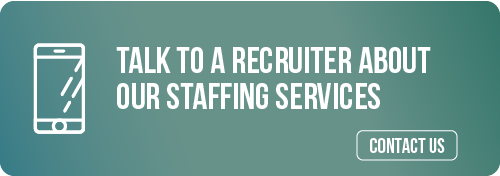Many Human Resource professional — and the organizations they serve — struggle to motivate their employees. How do you encourage your staff to reach peak performance? For some, the answer is an incentive program. Employers nationwide spend over $100 billion a year on incentive programs. But is their money being put to good use?
According to a new study by the Incentive Research Foundation, incentive programs have the power to increase performance by as much as 44 percent.
Here’s what the study found:
Incentive programs improve performance
Incentive programs do indeed work — but only when implemented correctly. To be effective, the programs need to include a tangible or monetary reward. With a program of this design, individual performance can increase by an average of 22 percent, and team incentives can increase performance by as much as 44 percent.
Incentive programs help attract top talent
Companies with effective incentive programs were better equipped to attract and retain quality employees.
Long-term programs are better than short-term programs
When it comes to incentive programs, it pays to play the long game. Programs that ran for a year resulted in an average performance increase of 44 percent. Those that ran for 6 months or less had a 30 percent increase.
Quota-based incentive measures work best
The study found incentive programs based on meeting or exceeding goals produced better results than “tournament-based” programs.
Keys to implementing a successful incentive program
The study certainly established that incentive programs can be effective. But the key to success lies in the way it’s implemented.
The study first identifies five conditions under which incentive programs work best:
- Current performance is inadequate
- The cause of the inadequate performance is related to deficiencies in motivation
- The desired performance type and levels can be quantified
- The goal is challenging but achievable
- The focus on promoting a particular behavior does not conflict with or override everyday organizational goals.
The study provides a framework for employers to develop effective incentive programs.
Assessment
Establish that there is a performance shortfall due to lack of motivation. Perform a gap analysis to assess the difference between company goals and employee performance. If your analysis concludes that your staff is capable of meeting those goals but lack motivation, then an incentive program could be useful.
Program Selection
Utilize a quota-based model that is open to all employees.
Work Value
Develop an incentive program that provides meaning, rewards, communication and support, fostering a sense of value.
Establish Training and Communication
Provide training support and regular communication.
Support
You need your employees to know that you will support them as they work toward their goals and that incentives will be rewarded fairly. Ensure that your incentive program is transparent and fair.
Emotional Appeal
The incentives should have a positive impact on emotion and organizational morale.
Measurement
Your incentive program should measure these three outcomes:
- Active choice – choosing to do the work
- Commitment
- Mental Effort
Analysis and Feedback
The program should be measured against performance objectives and cost.
Incentive programs can have immensely positive outcomes for your organization if implemented properly. Use the findings of this study to establish an incentive program for your organization.
Get help attracting top talent
Finding high-performing employees for your organization can be a challenge. Get help from Kansas City’s most recognized staffing agency Morgan Hunter. For more than 30 years, we’ve helped connect organizations with top talent in the Kansas City area. Contact us today to learn more.

